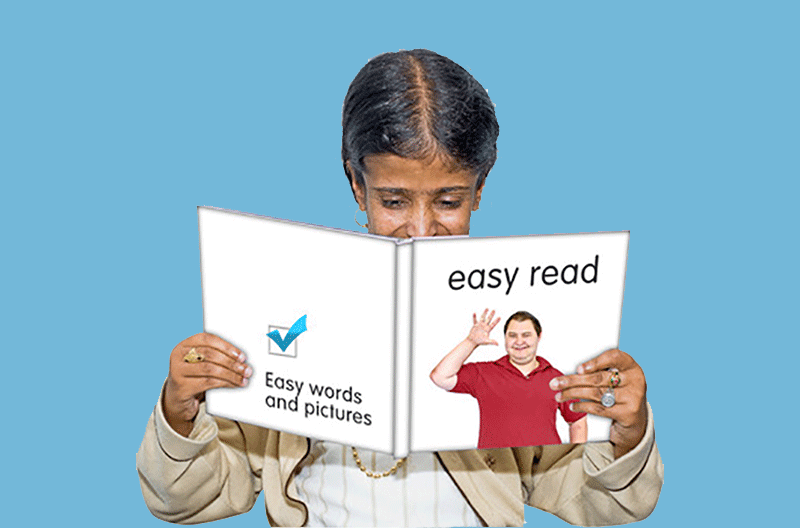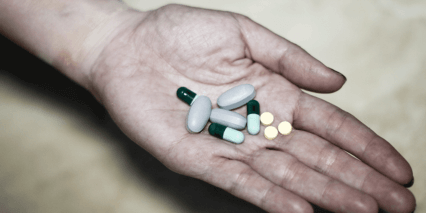Preventing constipation
Some simple lifestyle changes can make a big difference in preventing constipation, there are more details below but here’s a quick breakdown.
- Have a balanced diet with enough fibre, fresh fruits, vegetables and grains.
- Get regular exercise and activity.
- Drink enough water by aiming for 6-8 cups each day.
- Develop a routine and give yourself enough time to use the toilet.
- Try to reduce stress or anxiety by creating a safe and comfortable environment.
- Be fully aware of the role of medication in both the cause and treatment of constipation.
- Abdominal Massage (a non-invasive massage therapy for the treatment of constipation) as part of a wider bowel management plan can improve bowel function.
If you support someone click the link at the top of the page for more bespoke information.
Fibre and fluids
Did you know that fibre needs plenty of fluid to pass through the gut?
Fibre doesn’t change much from eating it to it passing through the gut. This means that it needs to be hydrated, just like you do. By drinking enough water poo is kept soft and is easier to transport all the way through the intestines and out the other end.
Try to have a high fibre diet and aim for at least five handful sized portions of fruit and vegetables each day.
As long as there is no medical advice to do otherwise, take six to eight cup sized drinks per day. Drinking enough water will help keep you healthy in other ways too!
For some people, maintaining fluid intake and hydration levels is a challenge. Alternatives to drinking liquids may include foods with high water content, such as soups, jelly etc. Some medications for saliva control can have an influence on general hydration levels.
Move more
Did you know that exercise helps you poo?
Aerobic exercise accelerates breathing and heart rate which helps to stimulate the intestinal muscles, this helps move poo out quickly.
Additionally abdominal exercises can strengthen muscles that help with regular bowel movements.
A straight posture and gravity also help the digestive system to work more effectively, so make sure that you’re moving and changing positions throughout the day (especially if you sit down a lot). A wheelchair user, for example, could benefit from opportunities in supported standing.
Monitor medications
Did you know that constipation risk is likely to increase when people are taking five or more medications?
Many drugs can cause constipation, including prescribed medication, supplements and over the counter pain relief.
Some muscle relaxants can also hinder digestion and some medications for saliva control can have an influence on general hydration levels.
GPs and pharmacists are the best people to go for to get help and advice about medication and risk of constipation.
Develop a poo-routine
Did you know it’s the Gastrocolic Reflex that makes us need to poo after drinking coffee?
Most people open their bowels first thing in the morning or within 30 minutes of eating a meal or drinking a hot drink, this means you can feel more comfortable and relaxed for the rest of the day!
Ignoring the urge to open the bowels eventually leads to chronic constipation because the rectum no longer detects or responds to the presence of the stool. The longer the stool stays in the rectum, the drier and harder it becomes. This makes the stool difficult to pass.
Haemorrhoids (aka piles), anal fissures (tears near the anus) and other painful disorders can cause us to ignore the urge to go for enough poos. This, over time, can lead to a dilated rectum that doesn’t respond properly to the presence of a stool and causes constipation.
Haemorrhoid ointments or pain relief may be required prior to using the toilet, but always consult a medical professional before taking these.
Make the loo accessible and comfortable
Did you know that squatting is the best position for opening the bowels?
Going for a poo is a private thing; whether or not we’re open to talking about it, it’s still something most people do alone.
Make sure the toilet is private and safe so your experience is comfortable and not distressing. A familiar toilet is key for some people who prefer not to use public or unfamiliar amenities.
Access and regular opportunities to use the toilet is key for some people who may not be able to indicate they need a bowel movement.
The squatting posture also helps. A small stool or purposely design squatting stool can help you get the best posture for having a poo.
Unfortunately sometimes toilet aids can hamper this ideal posture, such as people with mobility issues who are prescribed raised toilet seating. This means they may not be as flexed (or their muscles as relaxed) as is best.
It’s important to think about any environmental aids and adaptions that can be made.













